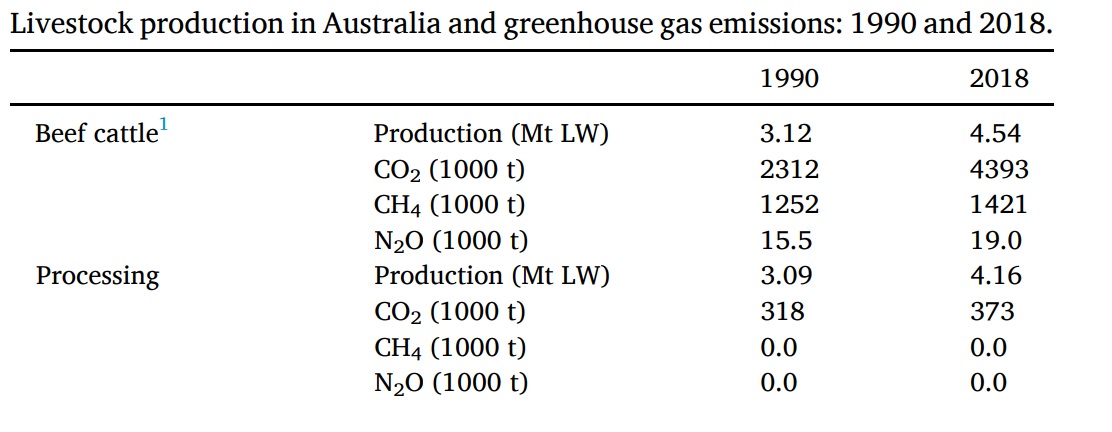The traditions of animal husbandry and the culture of meat consumption in Australia have become the main reason that the country is a world exporter of beef. When the first settlers arrived on the mainland, there were no suitable animals for domestication in Australia. In 1788, several cows and a bull were brought on ships of the First Fleet from Cape Town in Africa. This was the beginning of the development of animal husbandry and cattle breeding in Australia. Later, several more means of transport with cows from South Africa and India arrived; this is why many modern farms in Australia have a century-old history. In Australia, special attention is paid to the production of meat steers of the best elite breeds, mainly Aberdeen-Angus and Heriford. Every year, Australian beef is exported to numerous countries, which brings financial, social, and political benefits to the country, yet there are also problems related to the industry which have to be solved.
It is apparent that beef production, processing, and export yield significant financial returns for the country, benefiting its economy. First of all, the beef cattle farming segment is responsible for twenty-five percent of the Australian red meat and livestock industry’s turnover of more than seventy-two billion dollars (Appendix A). At the end of 2019, the supply of Australian cattle meat to foreign markets brought $7.5 billion in revenue (Appendix B). In 2018, Australia surpassed the other beef and veal market leaders — the United States and Brazil in terms of financial returns from foreign trade transactions. There are more than 25 million cattle in Australia; beef accounts for 19.9% of all agricultural exports from the country (Pahantus et al., 2020). Such financial performance shows that the Australian beef producers generate large revenues. Additionally, the Australian government receives its share in the form of taxes paid by the farmers and exporters.
There are also social benefits for Australia stemming from the production of beef and its export to other countries. For instance, every year, the beef cattle farming segment alone employs more than sixty thousand people, and there is additionally a substantial number of workers engaged in the processing of meat (Appendix C). The total area occupied by beef cultivation is 60% of the country’s territory (Pahantus et al., 2020). Such data show that a considerable size of the population manages to earn their living by working on beef cattle farms. It is possible that without beef production, Australia’s rate of unemployment would rise.
The export of meat also contributes to the status of the country internationally since, by acting as a global leader in meat production, Australia manages to establish relations with other nations. The primary consumers of Australian beef are the United States, Japan, and Korea, which receive large shipments of the product every month (Appendix D). The export of beef helps the Australian government to form political contacts with these countries and launch joint projects. Additionally, since the countries which purchase Australian beef become partially dependent on the import, they become more likely to negotiate in other spheres.
Currently, the economic development of Australia is characterized by a significant environmental burden. When transporting meat, there is a negative impact of the components of the transport system on the state of the environment. As one of the essential branches of the economy, transport is designed to provide services for the transportation of beef to meet the needs of the population and public production. Environmental pollution by transport occurs primarily due to noise, vibration, thermal and electromagnetic radiation, and the ingress of fuel combustion products into the atmosphere. The evaporation and leakage of petroleum products into the soil and water are included in the circulation of substances, pollute the environment, and harm the existence of all living organisms.
This problem associated with the export of Australian beef can be solved by using environmental logistics. It is a set of measures that ensures the movement of goods while minimizing negative consequences for the environment. Since transport is the primary source of environmental pollution, safer and more environmentally friendly vehicle models can be used. Logistics plays a central role in the global economy and can significantly affect how imports are carried out relative to the environmental impact. Optimization is possible by combining disparate processes for loading and delivering beef into a single system using logistics programs. Knowing in advance the points of counterparties that need to be visited, planning the chain from the delivery of goods to the recipient country can be rationally planned.
Another substantial problem related to the beef sector in Australia arises from livestock production, which has been found to exhibit a substantial impact on the environment. According to research, the total annual emissions of nitrous oxide, methane, and carbon dioxide emerging from beef cattle have grown significantly over the past twenty-eight years (Appendix E). It is known that the aforementioned gases promote climate change which subsequently can disrupt local ecosystems, negatively affecting crops and cattle. Thus, there is a risk that the rising emissions can undermine beef production in Australia in the future. There can be different solutions to the problem of beef production emissions, yet it is important to implement those which would not weaken the current economic performance of the industry. According to studies, improving the quality of grass silage can reduce emissions in beef production by seventeen percent (Åby et al., 2019). Thus, such a solution can be utilized to partially decrease the rate of emissions associated with beef production in Australia.
A whole chain of institutions operating in Australia controls the production of high-quality beef, from animal breeding to vacuum packaging of cuts. In addition to the Australian Meat Quality Standards System, similar to the global ones, an additional Australian taste assessment measure based on consumer response has been developed. As a result, Australian beef is widely exported globally, occupies a leading position in terms of quality and taste indicators, and meets strict sanitary and technological control standards.
References
Åby, B. A., Randby, Å. T., Bonesmo, H., & Aass, L. (2019). Impact of grass silage quality on greenhouse gas emissions from dairy and beef production. Grass and Forage Science, 74(3), 525–534.
Australian red meat export statistics. (2021) Australian Government: Department of Agriculture, Water, and the Environment.
Meat & Livestock Australia. (2021). Value of Australian beef exports falls in 2020.
Meat and Livestock Australia. (2020). State of the Industry Report.
Pahantus, M., Amruzi, M., Didik, S., & Dessy, A. (2020). Demand model of origin Australia beef imports and domestic beef production. Russian Journal of Agricultural and Socio-Economic Sciences, 6(102), 29-37.
Ridoutt, B. (2021). Short communication: climate impact of Australian livestock production assessed using the GWP* climate metric. Livestock Science, 246, 1–5.
Appendix A
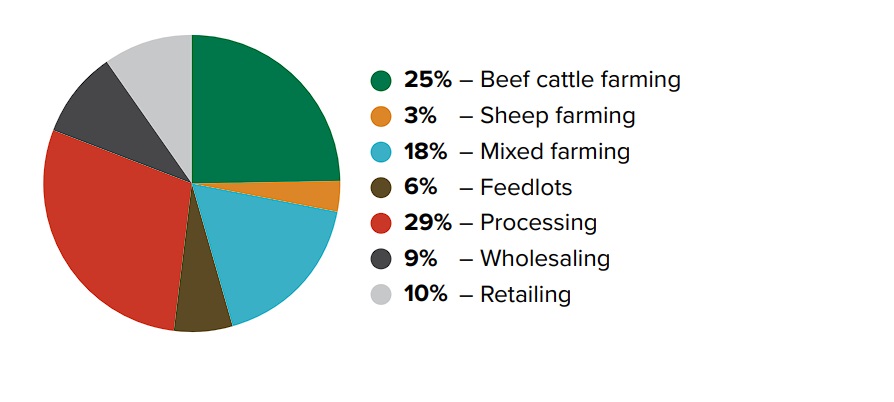
Appendix B
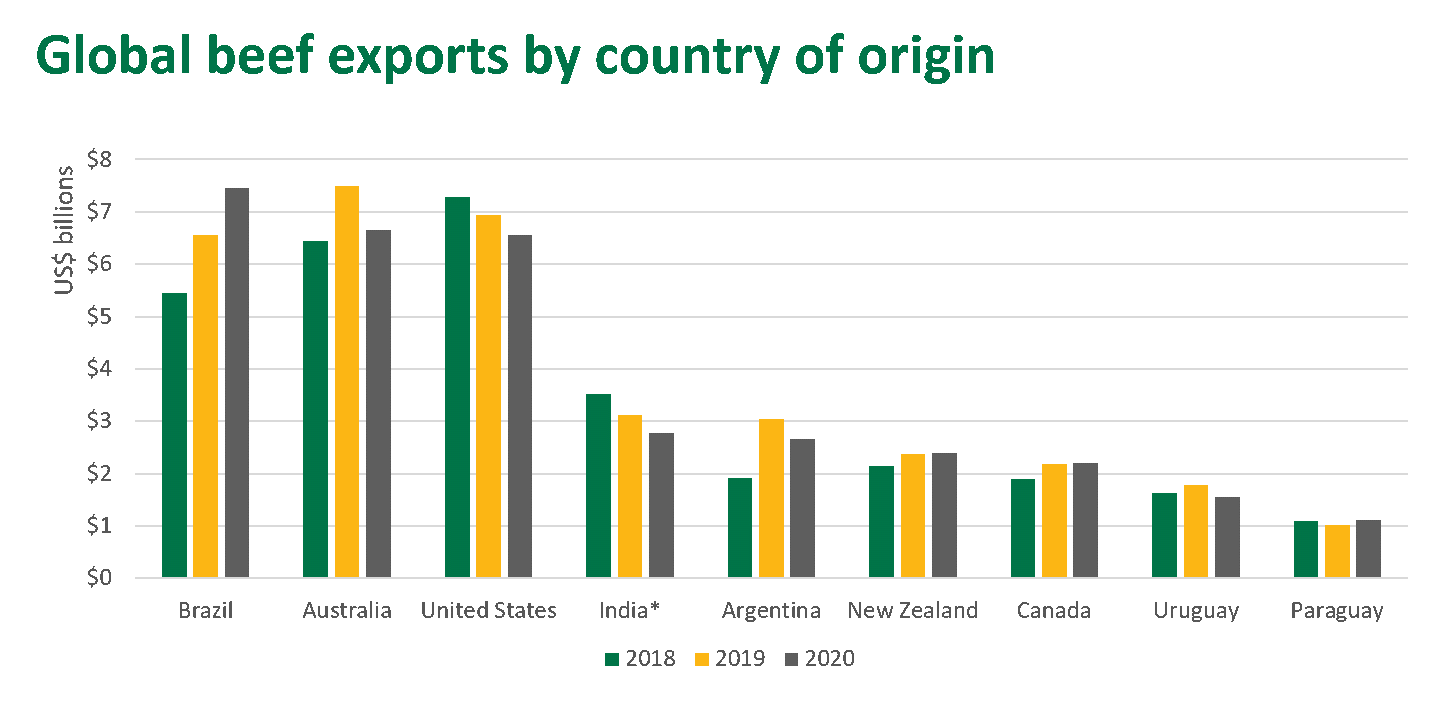
Appendix C
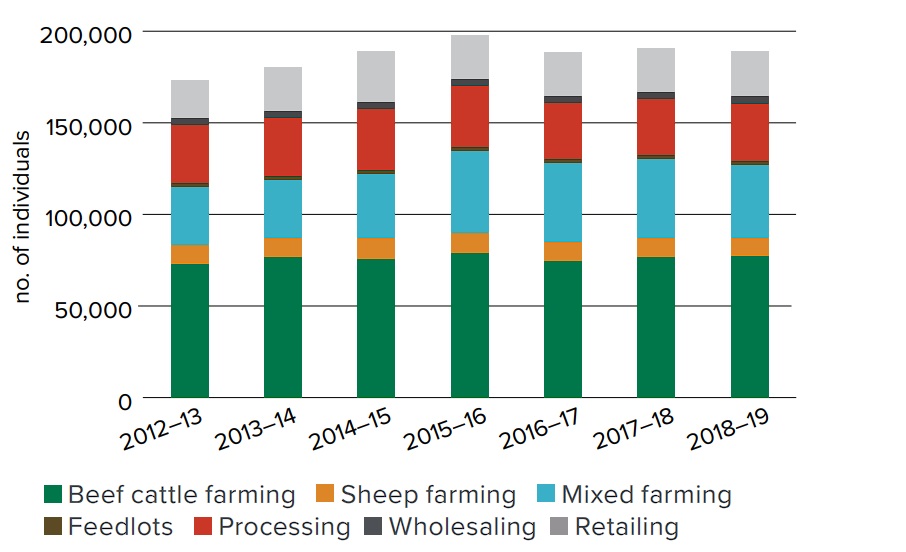
Appendix D
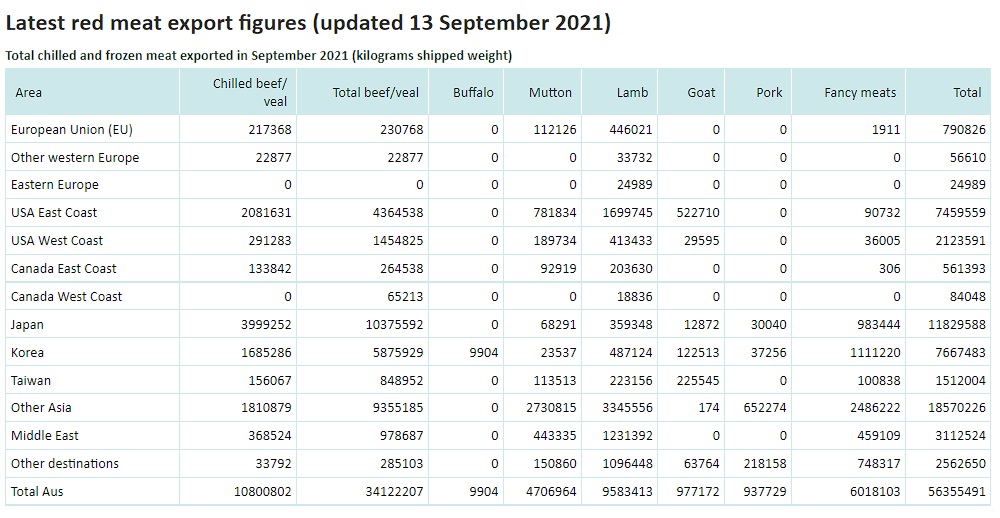
Appendix E
